Picture this: You just got around to making your homemade TV antenna, and you’re about to use it. But for some reason, the signals are just too weak or distorted.
You’re not alone. I, too, went through the same thing. That’s when I discovered some handy tips on boosting the antenna’s reception power and frequency band.
In this tutorial, I’ll go over how to boost TV antenna signal homemade and what types of antennas to use. Then, I’ll talk about the various kinds of interference and how you can combat them.
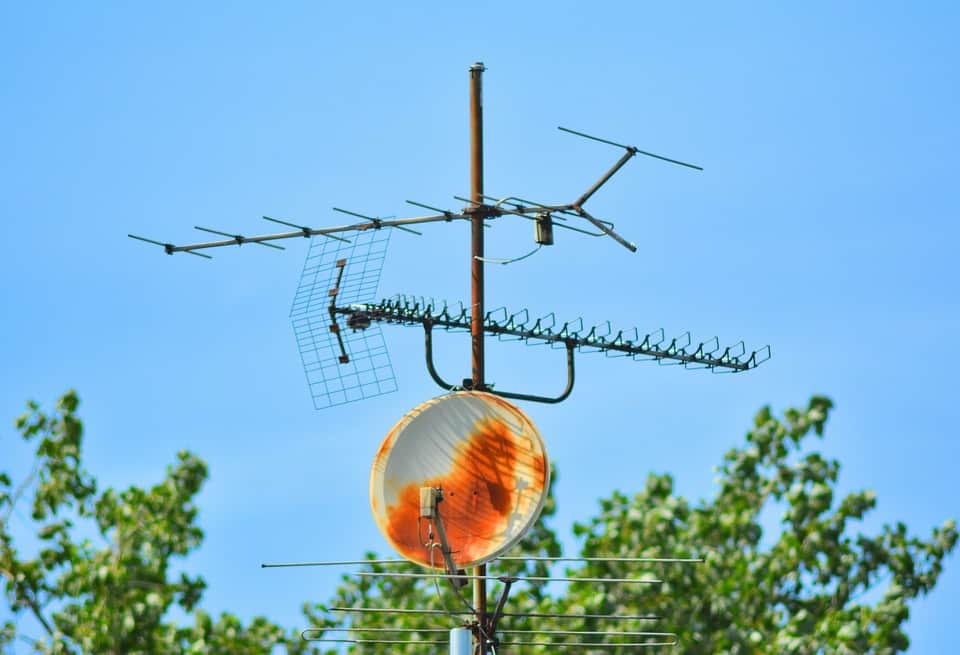
If you want to know how to make a homemade TV antenna signal stronger, follow these steps. First, aim the antenna at the nearest TV station. Then, elevate the antenna to get better reception. And try your best to place the antenna near a window. Finally, combine two different antennas for a broader range of signals.
How To Boost a Homemade TV Antenna Signal
Step #1 – Locate Broadcast Tower
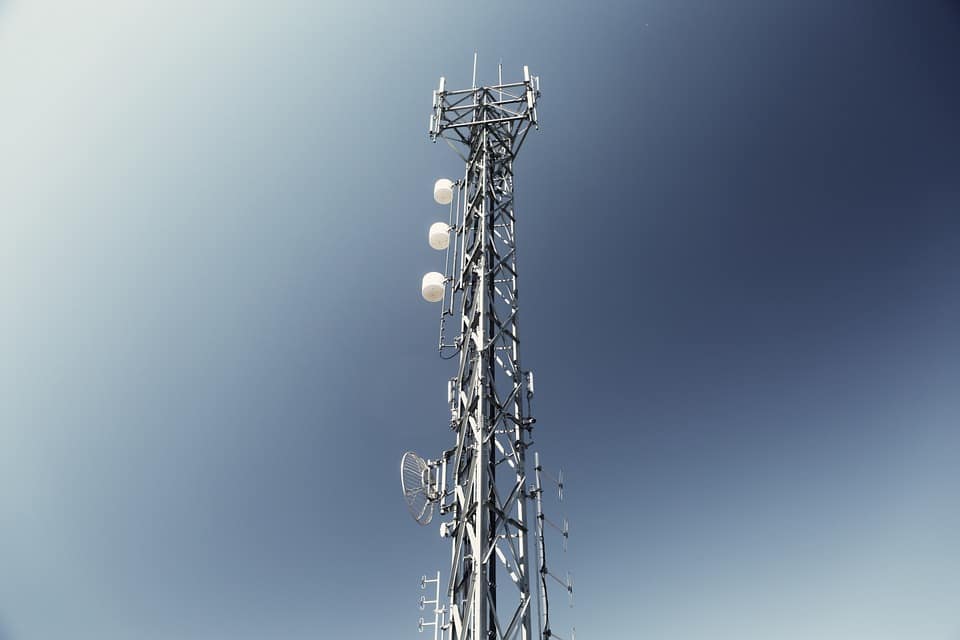
The first step is to locate a nearby TV broadcasting tower. If you’re getting TV signals, there will most likely be a nearby TV station tower. The real deal is finding it.
For this, you can look at online TV station maps that will help you find the nearest one. In case you find more than one TV station near you, pick the one closest to you.
Knowing exactly how far the TV station is from you will determine what type of antenna is best suited for you. Not all antennas have the same coverage, and not all antennas can be found in remote locations.
Step #2 – Aim Toward Tower
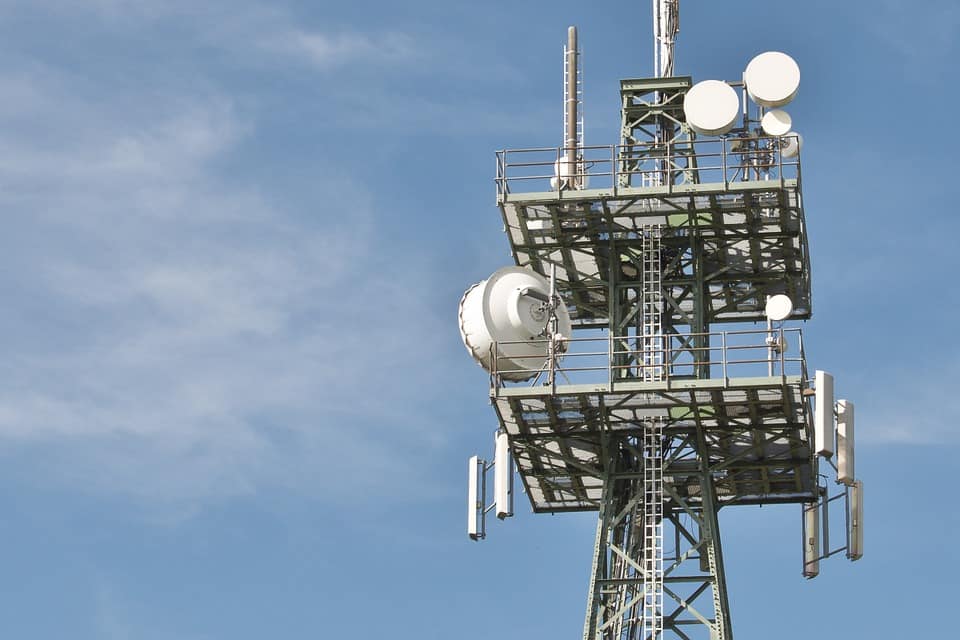
With the location information of the nearest TV station tower in hand, start aiming your antenna toward it. Although the tower is most likely omnidirectional, these signals are stronger when you aim the antenna at them.
The same cannot be for your antenna, however. Your antenna is a TV signal receptor with a limited range and a limited “line of sight.” So, make sure you get the right type of antenna that covers areas far and wide.
When you point the antenna toward the tower, you’re essentially creating a pathway for the signals to travel through.
You should be wary that TV antennas cannot see when the view is obstructed. So, anything from trees to mountains can obscure the line of sight. In that case, look for other nearby stations or repeaters.
Step #3 – Elevate Tv Antenna
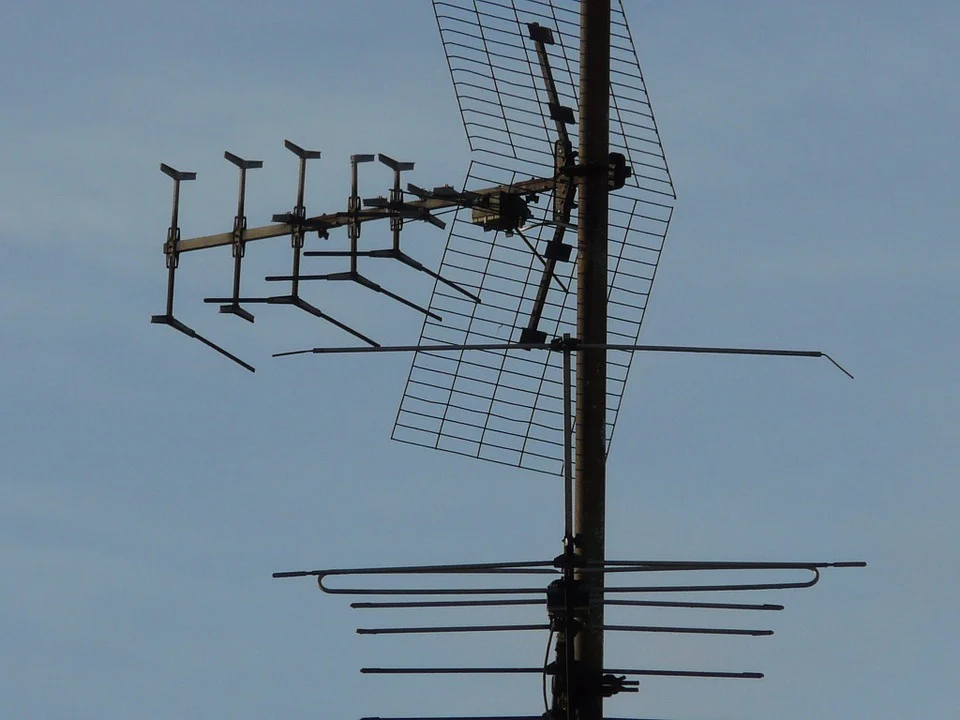
Ever wondered why antennas are always so high up in the air? That’s because they must have a clear path to catch the signals. That’s why elevating the TV antenna may improve its reception.
Ideally, the higher the antenna, the better. But this can be challenging depending on the type of antenna you have and how adjustable it is. Chances are, you’ll have to manually adjust the height of the antenna by elevating it with bricks or boxes.
Either way, by elevating the antenna, you’re increasing the line of sight of the antenna. However, keep in mind that the antenna should point toward the TV station tower.
The best place to mount your antenna is outside on the rooftop. Make sure the mast is completely vertical, or you won’t get good reception.
As for indoor antennas, you’re better off installing them somewhere with little to no obstacles. So, somewhere in the attic or near a high window. And no, installing your antenna right next to your TV is not a good idea. The TV can intercept the radio waves and split them before they hit the antenna.
Step #4 – Place Antenna Near A Window
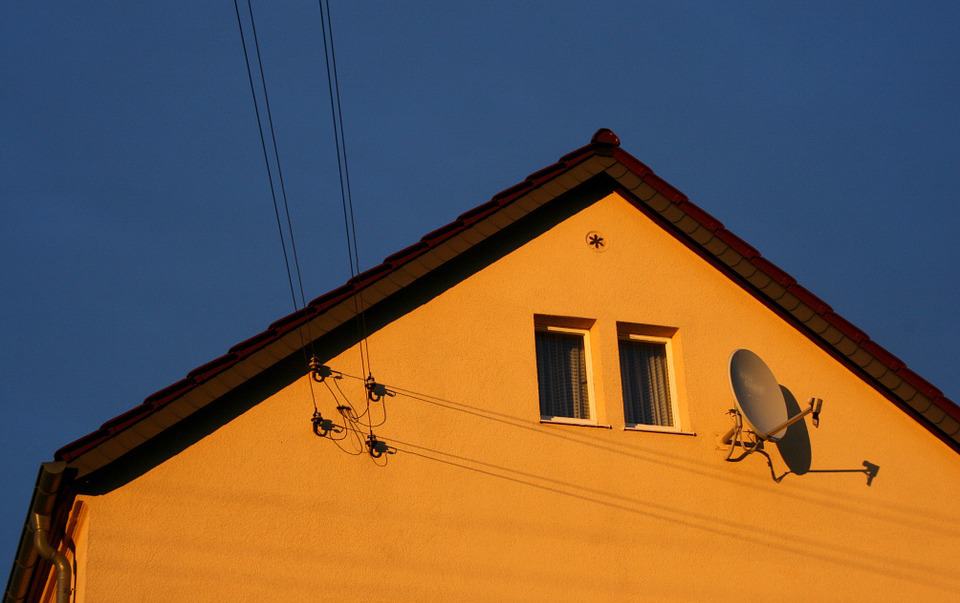
You might get better reception if you place your antenna near or on a window. This is because, near a window, the signals are being directed toward the antenna. And there is little to no distortion.
If you were to place the antenna inside the house, countless objects could get in the way. The biggest obstacle in the way would be the window itself. The waves would bounce off the other objects or get split by them. So that, by the time they reach your antenna, they’re entirely distorted.
Although this holds for indoor antennas, you can also apply the concept to outdoor antennas. Sometimes, installing the antenna on a window is easier if you can’t access your rooftop. Windows are easy to access from indoors and can provide equally good reception.
Step #5 – Combining Antennas
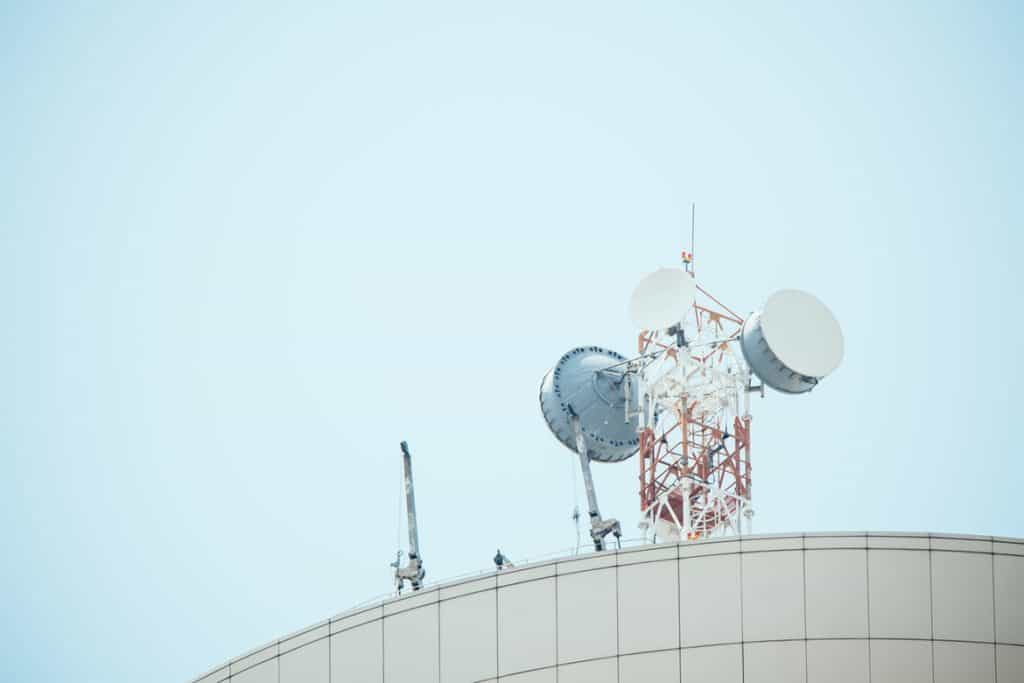
The previous steps increase the signal’s power and reduce its level of distortion. But if you’re trying to catch a signal whose frequency is not supported by your antenna, then nothing will work.
In that case, you can get another antenna that supports the target frequency band and stack or gang it.
Stacking or ganging refers to the practice of setting up more than one TV antenna. They can be set up either on the same mast or horizontal to each other. And the signals from the individual antennas are combined to view channels from all of the antennas.
Of course, it’s not that easy. You’ll need to install a signal combiner, better known as a diplexer. These devices aren’t cheap, but they’re pretty handy and can go a long way.
But a more comprehensive frequency range isn’t the only reason you should install these channels. If you’re aiming for more than one TV station tower, you’ll need to combine two antennas. This is especially the case when you’re targeting two stations that are opposite of each other.
Tv Antenna Types
Depending on the design, frequency range, and directionality, there are a few common types of antennas:
“Rabbit Ear” Antennas
These are the most common indoor TV antennas, often found directly on top of the TV in older models. Rabbit ear antennas are characterized by two V-shaped antennas that can adjust in angle and length.
Rabbit ear antennas are half-wave dipole antennas that work in the VHF TV frequency band. Unfortunately, these antennas aren’t good at picking up signals from distant stations and have an angular range.
Loop Antennas
Loop antennas are just what they sound like. They’re made of looped material that has higher coverage than regular rabbit ear antennas. These antennas cover the UHF bands, and they’re often used in conjunction with rabbit ear antennas to cover both the UHF and VHF bands.
Whip Antennas
So, whip antennas are used on vehicles and some portable televisions. Whip antennas have a single rod that is telescopic, meaning it can be retracted when idle.
These antennas function like quarter-wave monopole antennas with omnidirectional reception. This means they can catch signals from all directions and don’t need to point at the TV station.
However, they do perform better when the TV station is perpendicular to the axis of the antenna. Other than that, they’re great for use on modern TVs.
However, they are for indoor use and would break if used outdoors under heavy weather conditions.
Yagi-Uda Antennas
Perhaps the most common outdoor antenna is the Yagi-Uda antenna. You’ve probably seen one on older TVs. Yagi-Uda antennas consist of 5 elements. Of these, only one is the antenna, and the others are directors and reflectors.
These antennas are dipole antennas that work in the VHF range. They’re the standard antennas for outdoor usage as they can take quite the beating during storms and heavy thunder. However, these are not omnidirectional and work better in only one direction.
Types of Interference Sources for Your TV Antenna
One of the biggest culprits of a weak TV signal is interference. Interference can occur in all shapes and forms. That’s why it’s crucial to know the different sources of interference and how you can counter them.
Electromagnetic Appliances
Electromagnetic appliances can severely affect your TV signals. These include appliances like microwaves, electric bells, transformers, relays, motors, and generators. Such appliances can interfere with TV signals if they get in the way.
The best way to counter this is to ensure that there are no appliances in the path of the antenna. Ideally, you can place your TV in front of a window so that radio signals can enter the house without ever interacting with such appliances.
However, this will become harder if you’re using antennas that need adjustments, such as rabbit ear antennas.
Reflective Surfaces
Certain reflective surfaces can completely change how you receive your signals. Although household reflective surfaces can affect the signal, the primary culprits are mountains and cliffs.
Sometimes, the same signal can reach your TV twice at different time intervals. This creates interference which can cause distortions in both the audio and video.
Take, for example, a highly reflective cliff face, especially if the cliff is not very rough. The signal may reflect off the surface and arrive at your antenna along with the original signal. This can not only cause a clash of the two signals but a delay as well.
Cell Phone Signals
Cell phone signals can interact with TV signals, and both can distort each other. This is quite rare, however, as most cell phone and TV signals ride on different frequencies. But LTE signals do use frequencies for TV. And hence, if your antenna is picking up a frequency used by an LTE device, you could get interference.
There’s not much you can do about it, though. You can try turning off specific devices that use LTE when you use the TV. But other LTE signals can interfere too.
Radio Signals
Radio signals can also interfere with TV signals. Well, let’s clarify a bit. All TV signals are radio signals. It’s just that TVs and traditional radios use two different radio waves, and frequency bands. Occasionally, however, your TV may pick up radio signals that aren’t meant to be there. This is especially true if you’re designing your antenna and haven’t done a decent job at it.
To counter this, you can use shorter cables routed close to concrete flooring or metal racks. This way, you’re ensuring that the antenna stays free from radio frequency interference. Additionally, you can use copper shields to block common-impedance coupling.
Frequently Asked Questions
How do you make a homemade antenna booster?
Such antenna boosters can be easily made using simple household items. For this, you’ll need a bath towel and a bucket.
Place the towel on the floor and the bucket face down on top of it. Now, place your antenna on the bucket.
Move the antenna around the rim of the bucket clockwise while changing to the channel of your choice. Stop moving the antenna as soon as the picture sharpens and the signal gets better.
Does aluminum foil boost the antenna signal?
Yes. If you wrap aluminum foil around the TV’s antenna, it will boost the signal it receives. Aluminum foil is a conductor and hence conducts the signal better. It also provides a broader surface area for capturing a signal accurately.
And that’s not all. Since the size determines the antenna’s frequency range, you increase the frequency band by increasing the surface area.
Conclusion
That’s it for our how to boost TV antenna signal homemade tutorial. I hope you enjoyed reading it as much as I enjoyed writing it.
Making your TV antenna at home is already a chaotic task. So, it’s essential to know how to build a TV antenna booster and why your signal is weak in the first place.
Did you find the guide helpful? Tell us all about your experience in the comments below.